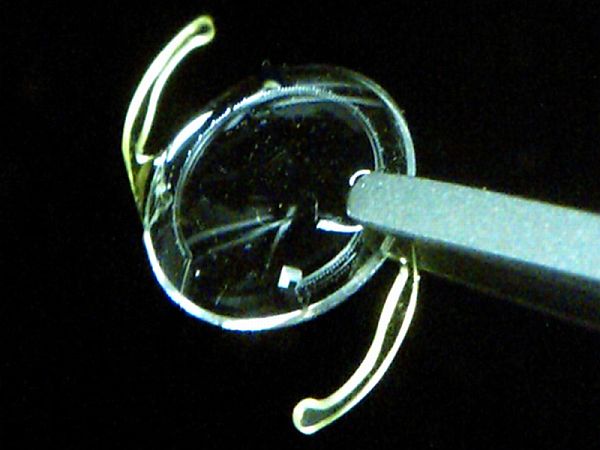In order to measure the intraocular pressure, eye surgeons use puff test, however, the non-contact tonometer does not always give accurate results, and this has always remain a major huddle in solving the real problem. Now, the time is not far when the eye doctors would be able to gauge the problem in real time and giving effective treatment for blindness-causing glaucoma. Researchers from the Faculty of Life Sciences, Bar Ilan University, Ramat-Gan, Israel and from Stanford University, US have developed an innovative lens- mounted microfluidic sensor.
24-hour home-based monitoring
Aim of the sensor is to gauge the fluid pressure within an eye and give real time measurements with a smartphone camera. The device would also assist glaucoma patients in tracking the intraocular pressure like the availability of glucose monitors patients suffering from diabetics.
Affecting more than 60m people, Glaucoma is the second most cause leading to blindness across the globe. Increase in the eyeball fluid pressure is one of main risk factors of Glaucoma and the pressure is adequate to injure the optic nerve.
Microfluidic intraocular pressure
The sensor is made up of a sealed 50 µm tubular channel that is running around the lens used for cataract surgery. Micro gas reservoir is placed at one end of the tiny disc while its other side is linked to the aqueous eyeball fluid. The doctor does implantation of the lens into the patient’s eye surgically.
Upon linking with the eye chamber, pressure is exerted by the intraocular fluid into the microchannel. This event compresses the reservoir gas till the extent of making the gas pressure and liquid pressure reach equilibrium. Force applied by the intraocular pressure compels the fluid to move near or away from the tiny gas reservoir.
Smartphone having an optical adapter and image analysis software can be utilized for detecting the location of the fluid in the micro device.
Limitations of microfluidic sensor
Researchers have tested the efficacy of the sensor by placing it in a pressure chamber and introducing varied amounts of intraocular pressure. They concluded that the fluid did show fluctuations depending upon the quantity of pressure exerted.
The team of researchers claims that their device has longevity of 10 years nevertheless, the device still has its limitations. For instance, reading the position of the liquid via hazy cornea would be a difficult job. And there are chances of gas leakage via sensory walls thus resulting in inaccurate readings.
Although the drawbacks are there but the current medical device is slightly better than the microelectromechanical system-based capacitive sensors and Sensimed’s contact lens-based eye pressure sensor. Since both the innovations are based on wireless data telemetry, which means, huge antenna and power sources. Keeping these things in mind, we are hopeful that the researchers behind lens- mounted microfluidic sensor would be able to come up with solutions that as of now are causing the said limitations.
Source: IEEE Spectrum, Nature.com




